
A MACHINE YOU CAN DEPEND ON!
Tongli Alumina Rotary Kiln is made of high-quality heat-resistant alloy steel and can run for a long time. Multi-layer composite seals are used to prevent heat loss in the kiln. A vertical preheater is installed at the end of the kiln to efficiently recover waste heat. The entire production line is highly automated, and production operations from loading, calcining, to finished product transportation, equipment operation monitoring, adjustment, and alarm are all centrally controlled by the PLC or DCS control system in the control room.
The compact design of the rotary kiln with an annual output of 300,000 tons of alumina usually occupies an area of about 5-10 hectares (50,000 to 100,000 square meters), which is 30% smaller than the traditional rotary kiln, reducing investment costs, simplifying the factory layout, improving land utilization, and providing more possibilities for future expansion and upgrading.
Tongli Alumina Rotary Kiln adopts advanced refractory lining design, which is resistant to high temperature and corrosion, meets the needs of long-term operation, can run continuously for thousands of hours in high temperature environment without stopping, and maintain stable output, reaching 750T per day, 300,000 tons per year, high output and high stability production to meet the needs of the aluminum industry
Tongli Alumina Rotary Kiln uses precise temperature sensors, which are distributed in key positions of the rotary kiln. The temperature of the kiln head is between 950℃ and 1000℃, the temperature of the middle section of the kiln is between 1100℃ and 1200℃, and the temperature of the kiln tail is between 900℃ and 1000℃. The sensor can collect thousands of temperatures per second and feedback to the control system to achieve automatic temperature adjustment.
| xxxxxxx | Capacity (t/h) | Motor Model: | Gearbox Model | Input Moisture (%) | Fuel Coal Calorific Value (kcal) | Output Moisture (%) |
| φ1.2x10 | 2.5-3 | M160M-6 → 7.5 | ZQ350Ⅱ-25 | 25±5 | ≥5500 | ≤13 |
| φ1.5x14 | 7-9 | Y180L-6 → 15 | ZQ400Ⅱ-31.5 | 25±5 | ≥5500 | ≤13 |
| φ1.5x18 | 9.5-12 | Y180L-6 → 15 | ZQ400Ⅱ-31.5 | 27±5 | ≥5500 | ≤13 |
| φ1.8x14 | 12-15 | Y200L-6 → 18.5 | ZQ400Ⅱ-31.5 | 25±5 | ≥5500 | ≤13 |
| φ1.8x18 | 14-18 | Y200L1-6 → 18.5 | ZQ400Ⅱ-31.5 | 27±5 | ≥5500 | ≤13 |
| φ2.0x18 | 18-22 | Y200L2-6 → 22 | ZQ50Ⅱ-31.5 | 25±5 | ≥5500 | ≤13 |
| φ2.0x20 | 18-23 | Y200L2-6 → 22 | ZQ50Ⅱ-31.5 | 30±5 | ≥5500 | ≤13 |
| φ2.2x18 | 21-25 | Y200L2-6 → 22 | ZQ65Ⅱ-31.5 | 27±5 | ≥5500 | ≤13 |
| φ2.2x20 | 22-25 | Y225M-6 → 30 | ZQ65Ⅱ-31.5 | 30±5 | ≥5500 | ≤13 |
| φ2.4x20 | 25-29 | Y225M-6 → 30 | ZQ75Ⅱ-31.5 | 27±5 | ≥5500 | ≤13 |
| φ2.4x22 | 26-30 | Y225M-6 → 30 | ZQ75Ⅱ-31.5 | 30±5 | ≥5500 | ≤13 |
| φ2.6x20 | 28-33 | Y250M-6 → 37 | ZQ85Ⅱ-31.5 | 25±5 | ≥5500 | ≤13 |
| φ2.6x24 | 29-35 | Y250M-6 → 37 | ZQ85Ⅱ-31.5 | 30±5 | ≥5500 | ≤13 |
| φ3.0x20 | 45-50 | Y280S-6 → 45 | ZQ100Ⅱ-31.5 | 25±5 | ≥5500 | ≤13 |
Improving combustion efficiency is an important measure to reduce costs and reduce environmental impact. From fuel selection, combustion control to heat recovery are several effective methods. First, choosing high calorific value and low-pollution fuel is the first step to improve combustion efficiency. Natural gas has high calorific value and low pollutant emissions, coal has low calorific value and produces pollutants, and heavy oil has high calorific value.
It is necessary to fine-tune the burner to ensure complete combustion; then precise combustion control, configure automatic combustion control system, reduce complete combustion, adjust the position and angle of the burner, optimize the flame shape, and improve the combustion utilization rate. Finally, configure heat recovery technology, equipped with a preheater, use exhaust gas preheating, can reduce 15% of fuel consumption, cooler recovers excess heat, and waste heat boiler can realize the secondary use of energy, effectively reducing fuel consumption.
The technical parameters of alumina rotary kiln, including temperature, speed and slope, have a direct impact on production efficiency, product quality and energy consumption. The temperature in the kiln usually needs to be maintained between 950°C and 1200°C to ensure sufficient calcination of the bauxite. Too low a temperature will result in incomplete calcination and affect product quality, while too high a temperature will increase energy consumption and may damage the equipment. The speed of the kiln is usually set between 0.5 and 3 rpm, which affects the residence time and mixing effect of the material in the kiln. Too high or too low a speed will result in poor calcination. The slope (usually between 2.5° and 4.5°) determines the speed of the material in the kiln.
A larger slope speeds up the flow of materials but may lead to incomplete calcination. A smaller slope increases the residence time but may also increase energy consumption. By precisely controlling these parameters, the calcination process can be optimized, production efficiency can be improved, energy consumption can be reduced, and high-quality production of alumina can be ensured, thereby enhancing the economic benefits and market competitiveness of enterprises.
Alumina (Al₂O₃) has a wide range of uses, mainly in aluminum smelting, producing metallic aluminum through electrolysis. Due to its excellent high temperature resistance, corrosion resistance and high hardness, alumina is widely used in the manufacture of high-strength ceramics, abrasives, grinding wheels and coating materials. In addition, it is also used as a catalyst carrier and adsorbent in petrochemicals, and is used in medicine, cosmetics and lighting optical equipment.
Alumina is used as an insulating material in the semiconductor and electronics industries, and in the production of chemicals such as aluminum salts and aluminates in water treatment. Its high hardness and wear resistance make it also important in the manufacture of wear-resistant materials and industrial linings. The versatility of alumina plays an important role in multiple industrial and technological fields, and its application range is constantly expanding with the development of technology.
The initial investment in the construction of an alumina rotary kiln includes equipment purchase, civil engineering, installation and commissioning, and technical support, usually between US$6 million and US$200 million, and the equipment life is generally 15 to 20 years. In terms of operation, fuel and energy consumption are the main costs. Fuel consumption is usually 300 to 500 kg of standard coal per ton of alumina, and electricity consumption is 30 to 50 kWh per ton.
In terms of benefits, the market price of alumina is usually between US$300 and US$500 per ton. Based on a production cost of US$200 to US$300 per ton, the profit can reach US$100 to US$200 per ton. If the annual production capacity is 500,000 tons, the annual gross profit can reach US$50 million to US$100 million. Energy-saving benefits, the use of preheater and cooler technology can reduce fuel consumption by 10% to 15%. If the fuel cost per ton of alumina can be reduced by US$5, the annual savings will be US$2.5 million (based on an annual output of 500,000 tons)
Alumina (Al₂O₃), also known as corundum or bauxite, is an important industrial compound with excellent physical and chemical properties. Its density is about 3.95 to 4.1 g/cm3, and its high density gives it extremely high hardness and mechanical strength. The melting point reaches about 2072°C, which is suitable for extremely high temperature environments, and the Mohs hardness is about 9, second only to diamond, making it an excellent abrasive and cutting tool material. Alumina mainly exists in the form of α-alumina, with a hexagonal close-packed crystal structure, which gives it extremely high strength and stability.
Otherwise, alumina may appear in different colors in nature due to impurities, such as sapphire and ruby. In terms of chemical properties, alumina is very stable at room temperature, inert to most chemicals, and remains stable even at high temperatures up to 1000°C. As an amphoteric oxide, alumina can react with strong acids and bases to form aluminum salts or aluminates. Its thermal stability is extremely high, and its melting point is 2072°C, making it suitable for use in high temperature environments, such as refractory bricks and ceramics.
In addition, alumina has excellent electrical insulation and is widely used in electronic components and semiconductor industries. Its oxidation resistance is also very strong, and the dense oxide film formed on the surface can effectively prevent further oxidation or corrosion, making it perform well in harsh chemical environments.
In efficient production, the core challenges faced by alumina rotary kiln include high energy consumption, poor calcination uniformity, frequent equipment maintenance and environmental pollution. Solving these challenges requires a combination of technology optimization and management improvement.
1. High energy consumption: Fuel consumption and heat loss are the main problems. By adopting preheaters, coolers and waste heat recovery technologies, fuel consumption can be reduced by 10%-15% and thermal energy utilization efficiency can be improved. In addition, selecting efficient burners and optimizing flame shapes can also help reduce energy consumption
2. Poor calcination uniformity: Temperature control during calcination is crucial. Installing an automated control system to monitor and adjust the temperature, speed and material flow in the kiln in real time can help ensure uniform calcination and improve product quality.
3. Frequent equipment maintenance: The continuous operation of the rotary kiln causes greater equipment wear. The use of high temperature and wear-resistant materials, as well as regular inspections and preventive maintenance, can extend equipment life and reduce downtime.
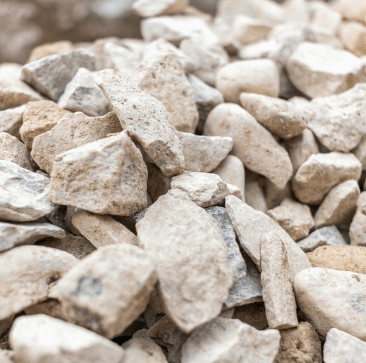
Kaolin clay is a source of alumina and is used in ceramics and paper industries.

Clay contains aluminum silicates and is processed in rotary kilns for various industrial applications.
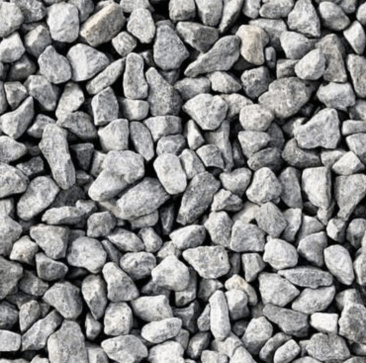
A by-product of bauxite refining, red mud is treated in rotary kilns for alumina extraction.
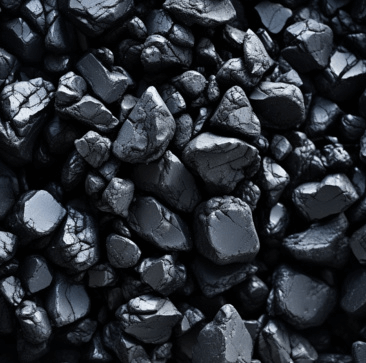
Bauxite is the primary material for alumina production, containing aluminum oxide minerals.
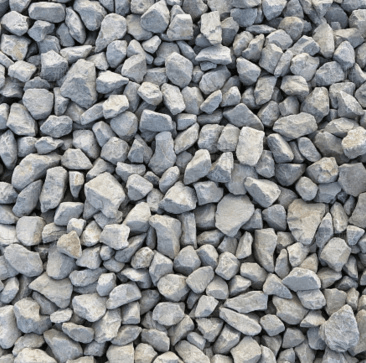
Used as a carbon source in the reduction of alumina to aluminum metal in smelting processes.

The residual material from refining bauxite, processed to recover valuable components like alumina.
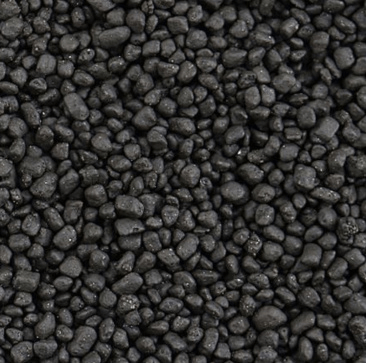
Limestone is used in rotary kilns to produce lime and remove impurities from alumina processing.
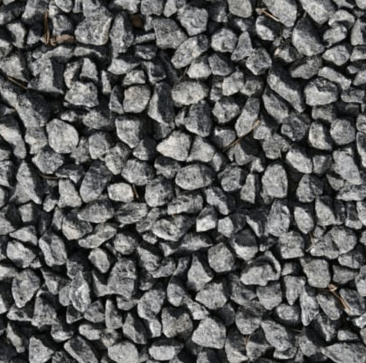
Iron ore is sometimes processed in rotary kilns for the extraction of alumina in integrated plants.
You can get in touch with us through the following contact information
AddressNo. 2289 Huancheng South Road, Tongxiang, Jiaxing, Zhejiang Province, China. Zip code:314500
Please fill in the sales inquiry form and our sales representatives will be in touch shortly.